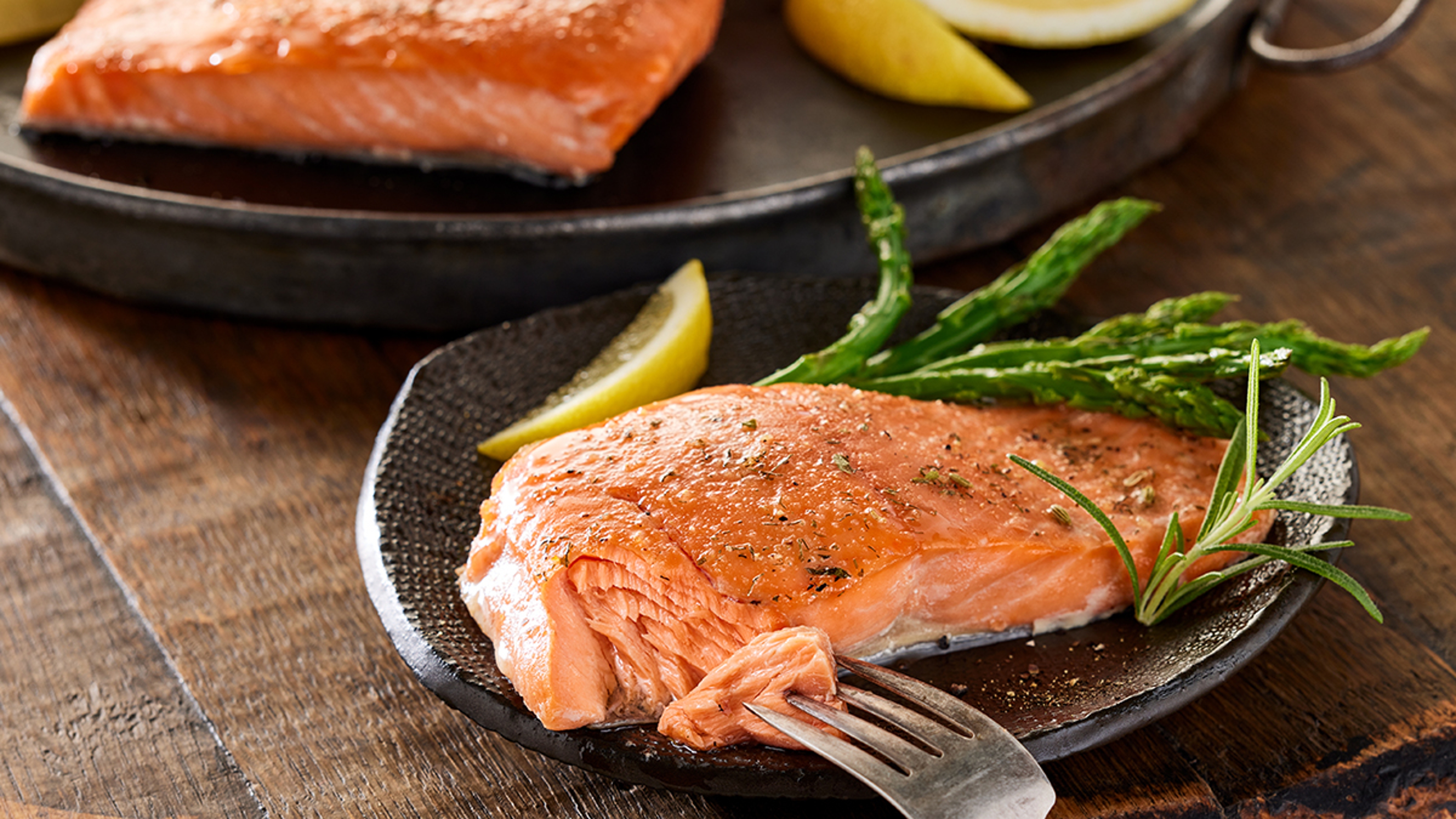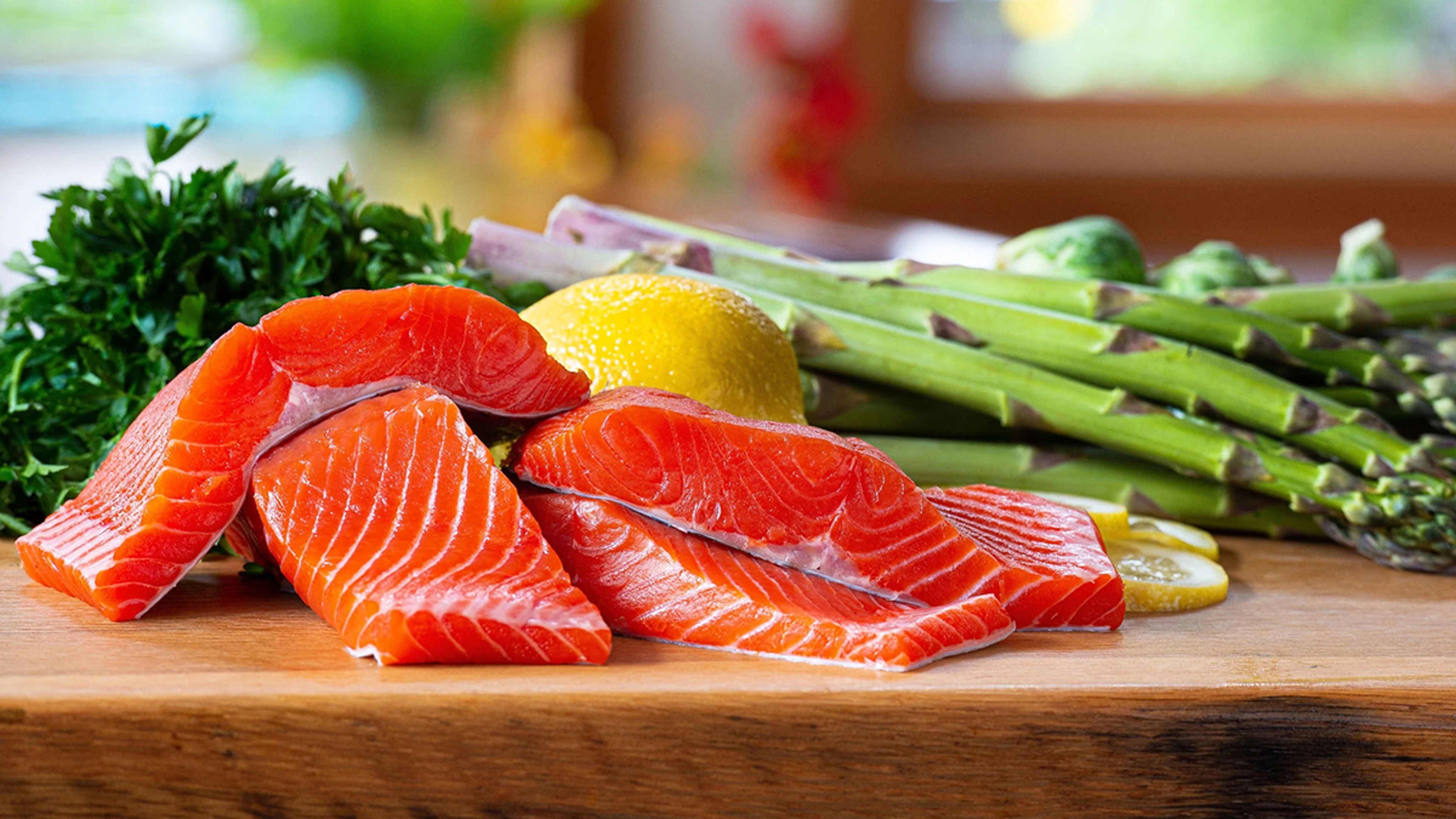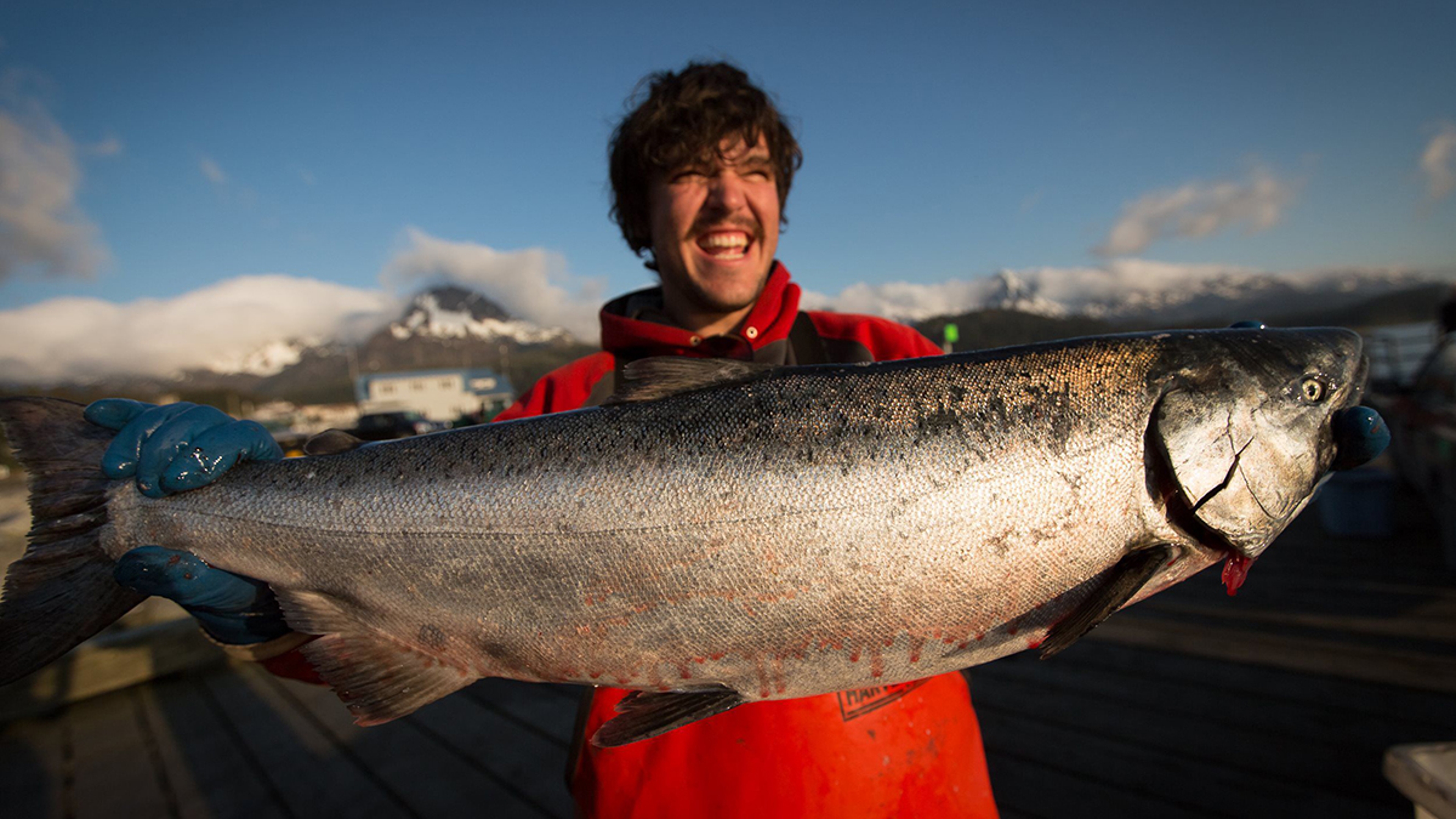12 Fascinating Facts About Copper River King Salmon
The annual Copper River King salmon run is much anticipated by salmon lovers. Learn why!
Apr 22, 2025
Much like the annual release of beloved Beaujolais Nouveau wine, which the French restrict to the third Thursday of every November (should you want to mark your calendar), the annual Copper River king salmon run is an iconic, highly anticipated annual event among fishermen and foodies worldwide.
Every year, tens of thousands of fish migrate from the Pacific Ocean to Alaska's Copper River to spawn, to the delight of scientists, anglers, nature lovers, and salmon aficionados.
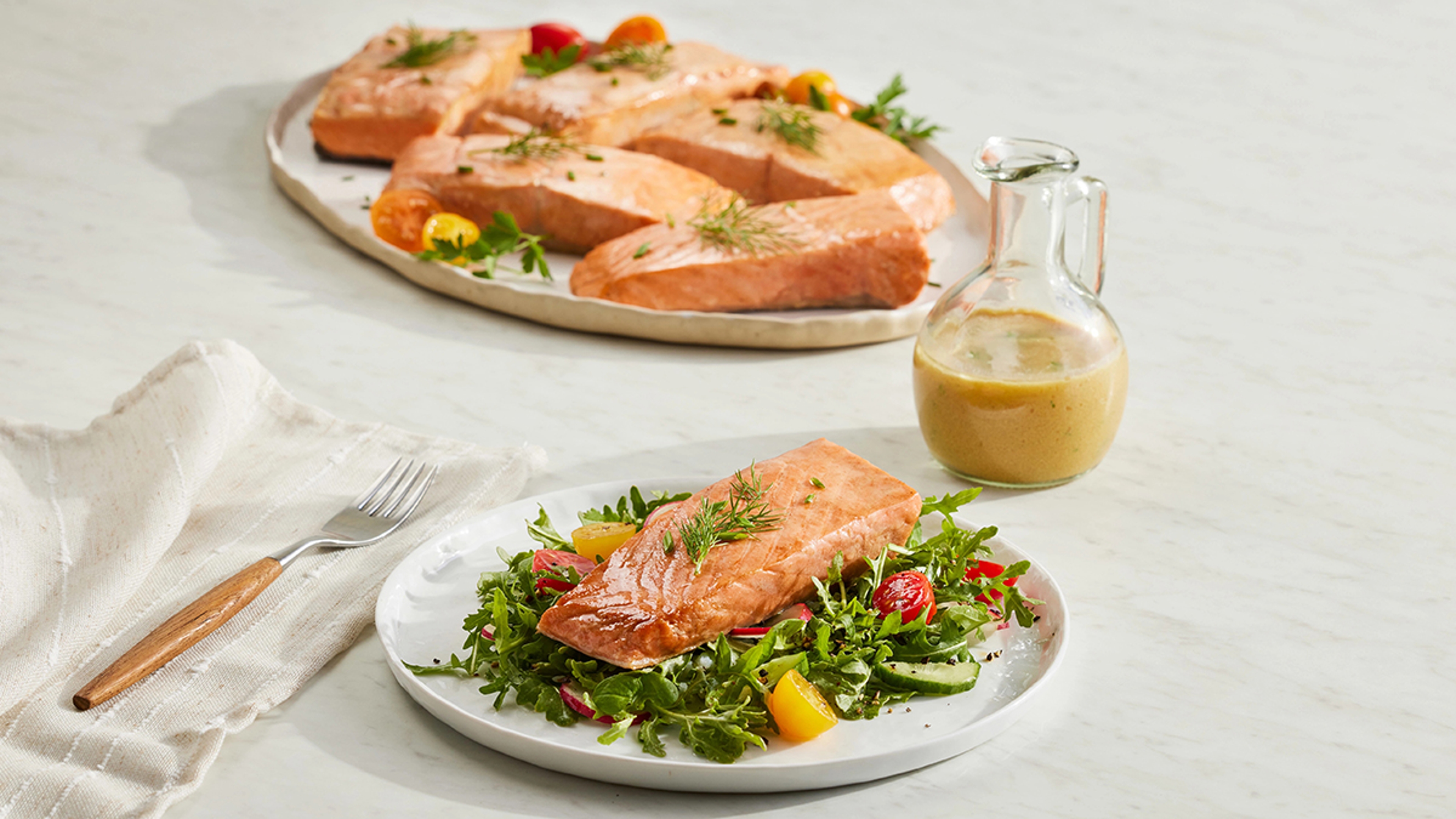
Here are 12 fascinating facts about the Copper River king salmon run.
- The Copper River is the Ironman race of the salmon world. One of the most challenging rivers in the world for fish to navigate, the 300-mile river is fast-moving and turbulent, with numerous rapids and waterfalls that can be deadly for fish.
- The king, a.k.a. Chinook salmon, that make the journey up the Copper River, are among the largest and most delicious salmon in the world. They weigh anywhere between 20 and 50 pounds and gourmands prize them for their rich, flavorful flesh.
- King salmon aren't the only salmon found in the Copper River. Sockeye and coho also find their way. Upstream, of course....
- Of the different types of salmon in the Copper River, king salmon make up only 10%, making it an even rarer catch.
- The Copper River king salmon run is the first major salmon run of the year in Alaska. The fish typically begin their journey up the river in mid-May and continue through June. Copper River king fishing season typically opens in mid May.
- “The Wagyu of Seafood” and “The King of King Salmons" are two of the nicknames for this type of salmon due to its succulent and buttery texture, which apparently is superior from other king salmon populations in Alaska due to a distinction in their genetics.
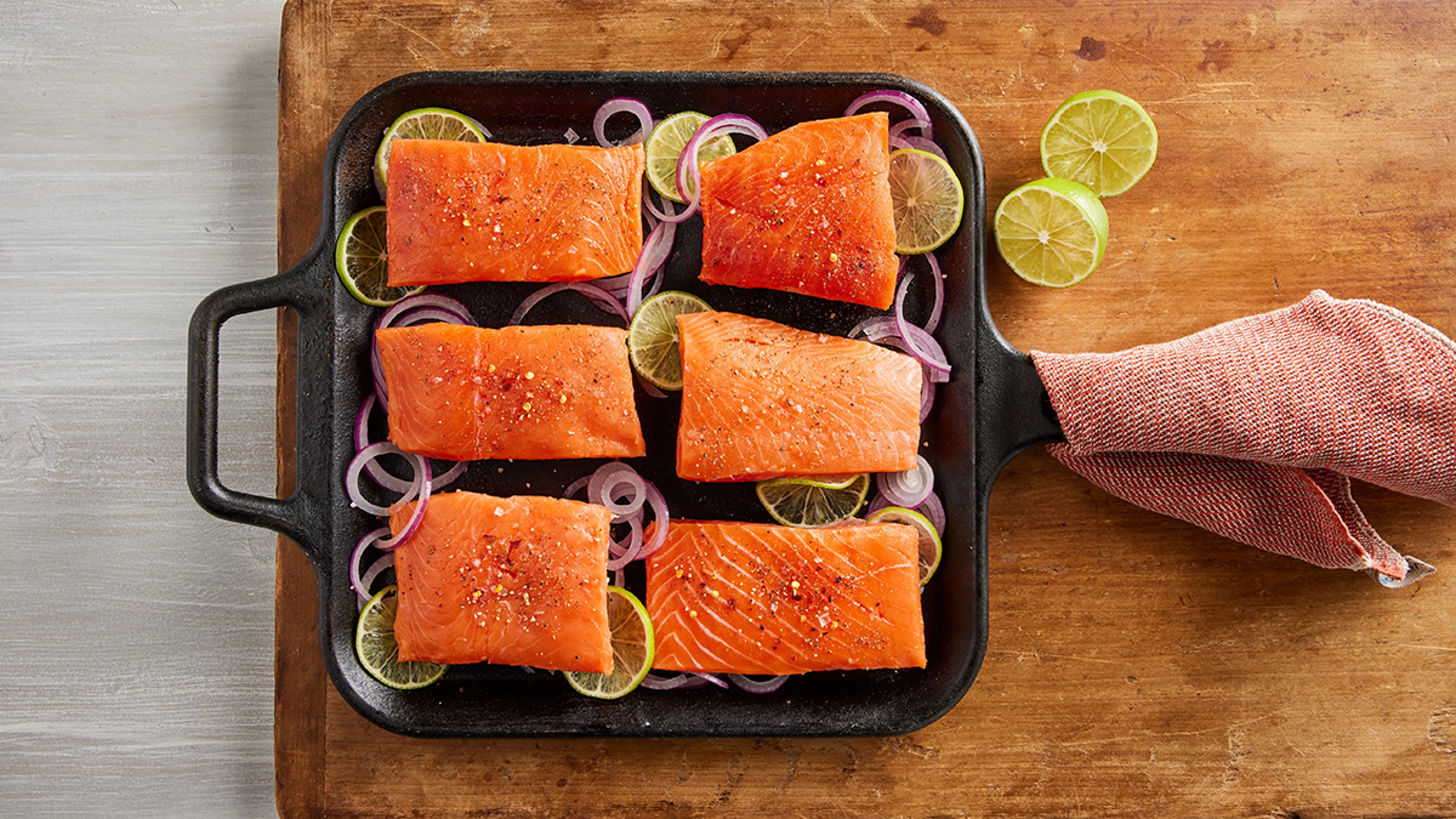
- What makes the salmon unique is their relative abundance of omega-3-rich fats. Because the river is so long and challenging, the fish have evolved to pack away extra fat during their time in the sea so they have enough "fuel' to make the arduous journey upriver to spawn. This lends them the delicious, rich flavor so many crave.
- The fish provide a critical source of food for numerous species, including bears, eagles, and other predatory animals. The salmon die after spawning, and the nutrients their bodies release into the river are vital to support the growth of plants and other aquatic life.
- The Copper River king salmon run is a major economic driver. It supports jobs from commercial fishermen to seafood processors to tourism operators. The value of the Copper River King salmon fishery is estimated at over $30 million a year.
- The salmon run is carefully managed to ensure the long-term health of the run. The Alaska Department of Fish and Game sets strict quotas on the number of fish that can be harvested each year, and carefully counts the "escapement" - the number of fish that get past fishermen and make it back upstream to spawn.
- For all you salmon lovers, the Copper River Salmon Jam will take place this year on July 18-19 in the small Alaska town of Cordova. Come for the music, fun runs, food vendors, and educational exhibits about salmon and the local culture. Find more information, including how to become a "spawnsor."
- Finally, the Copper River king salmon run is an important cultural tradition for the native peoples of Alaska. For thousands of years, these communities have relied on the salmon run as a source of food and spiritual nourishment. Today, many Alaskans continue to celebrate and honor the salmon run as a vital part of their heritage.

